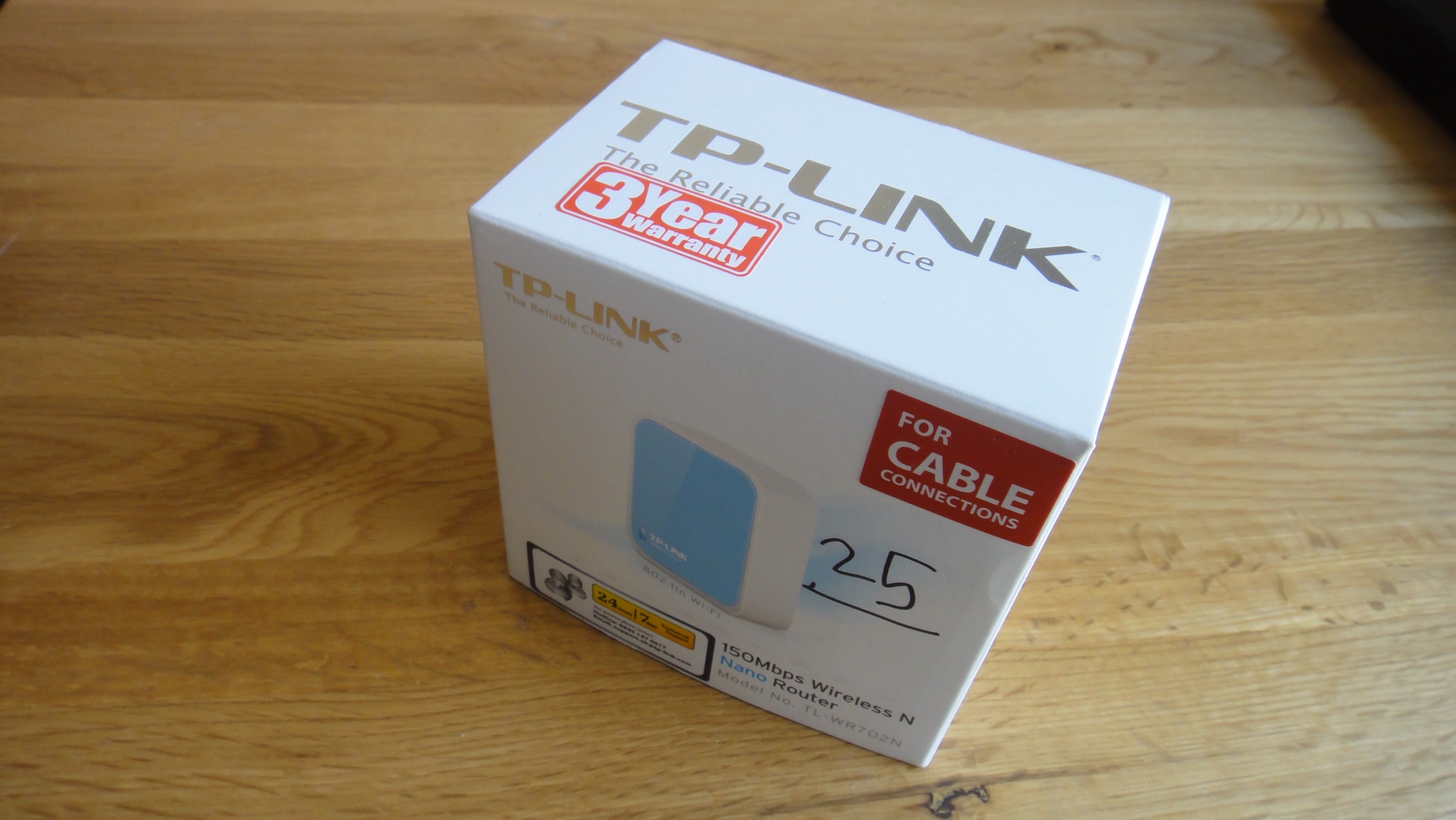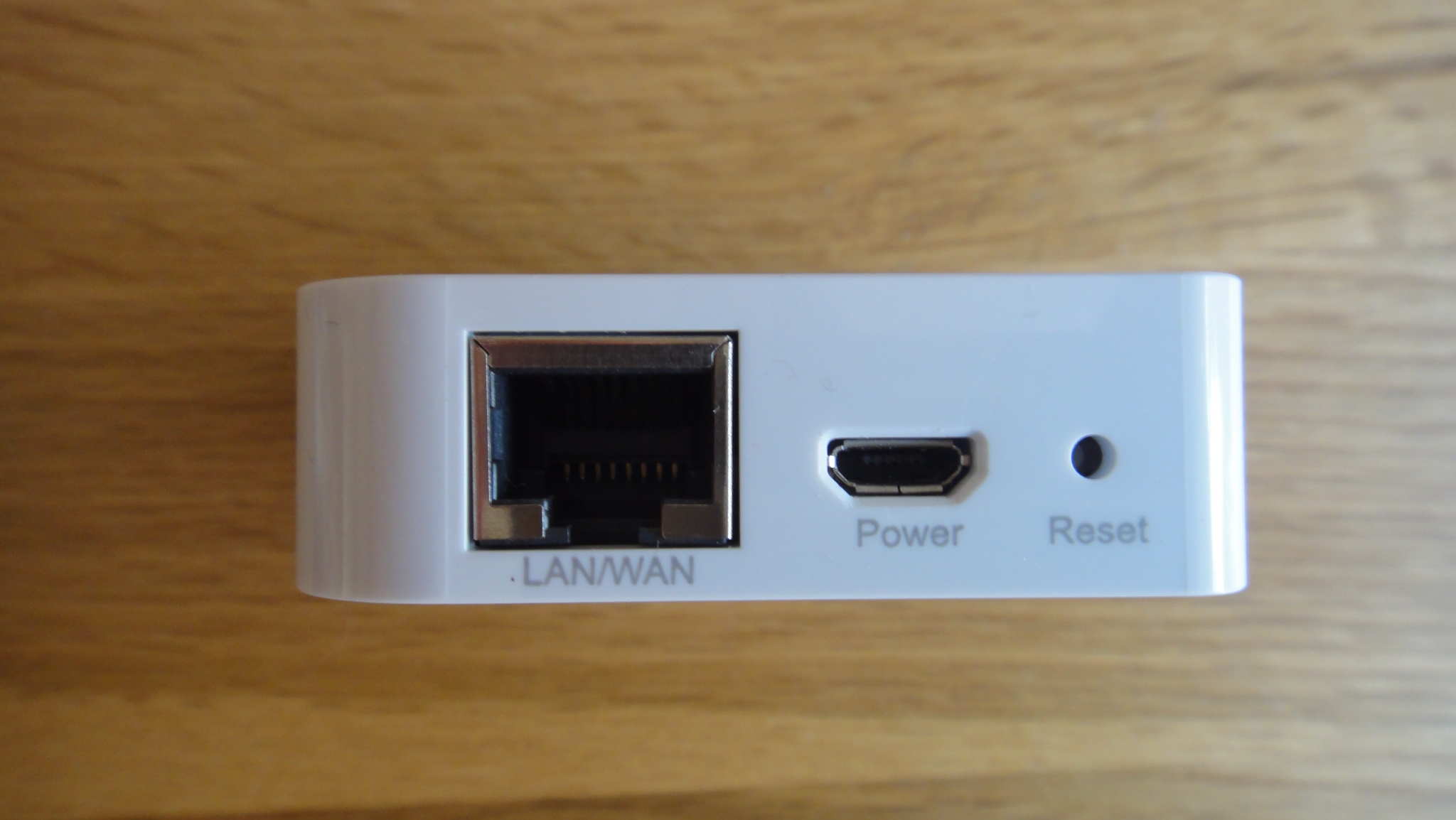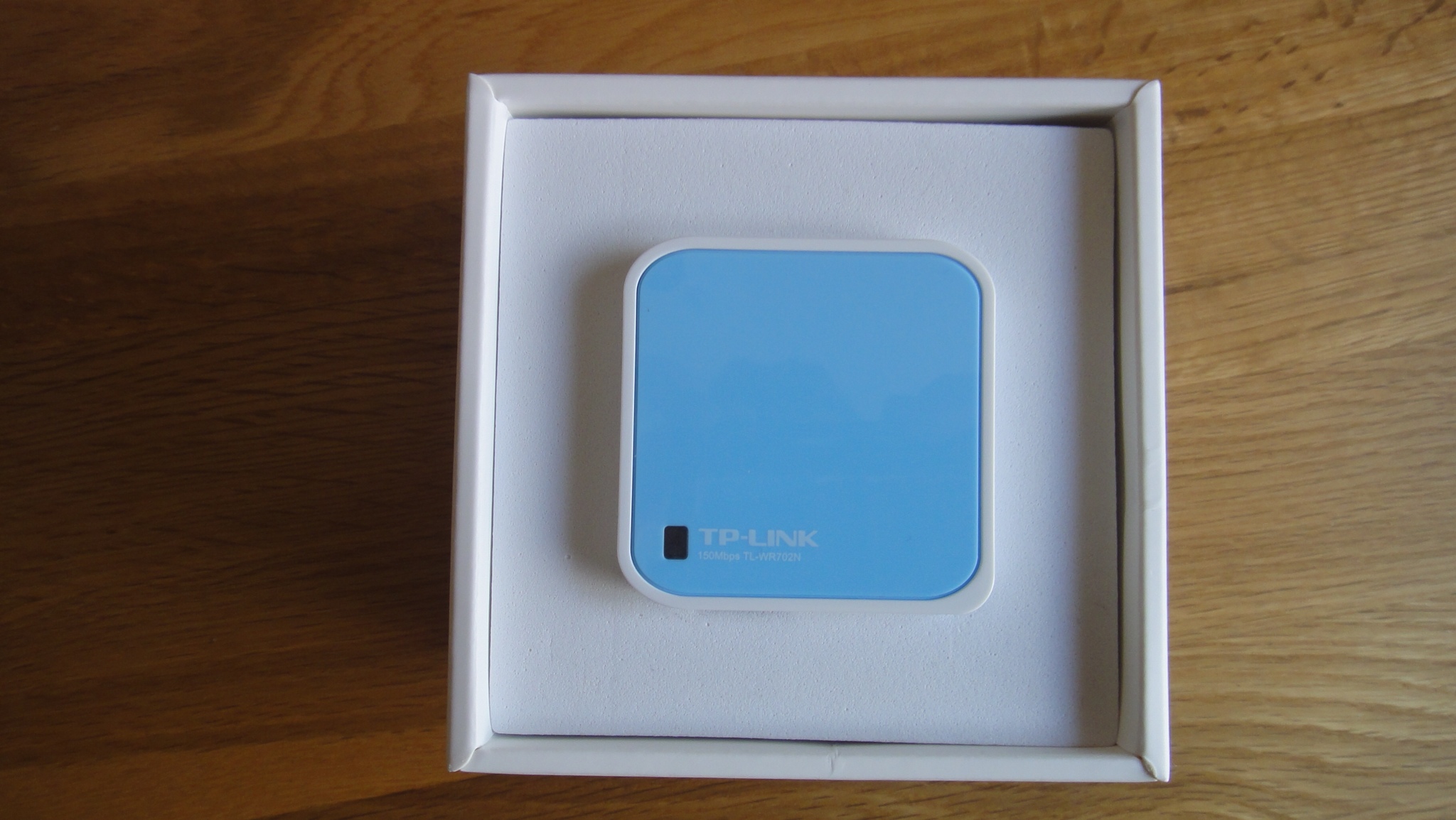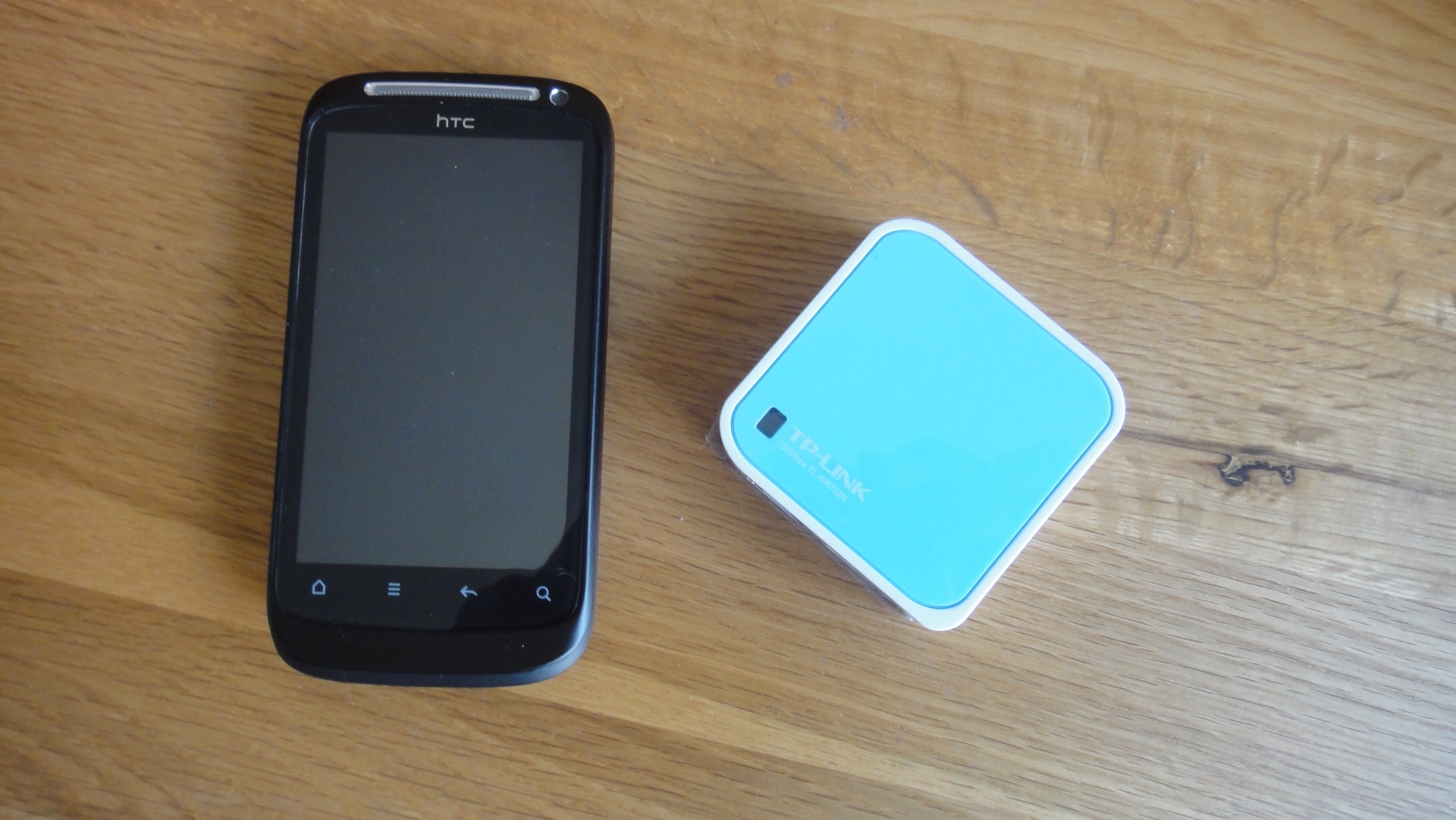Extending Your WIFI Signal With a WIFI Repeater
Whilst there are some who are quick to criticise VirginMedia broadband in the UK, I am not one of them. In the four years I've had my 10meg connection, I've never had a speedtest come back with less than 8.5mbit and my wife and I have been able to surf care-free on our respective gadgets whilst Netflix streams down a stutter free movie via the Playstation on the TV, even during peak hours. So.. no complaints then... well no, actually there is one.
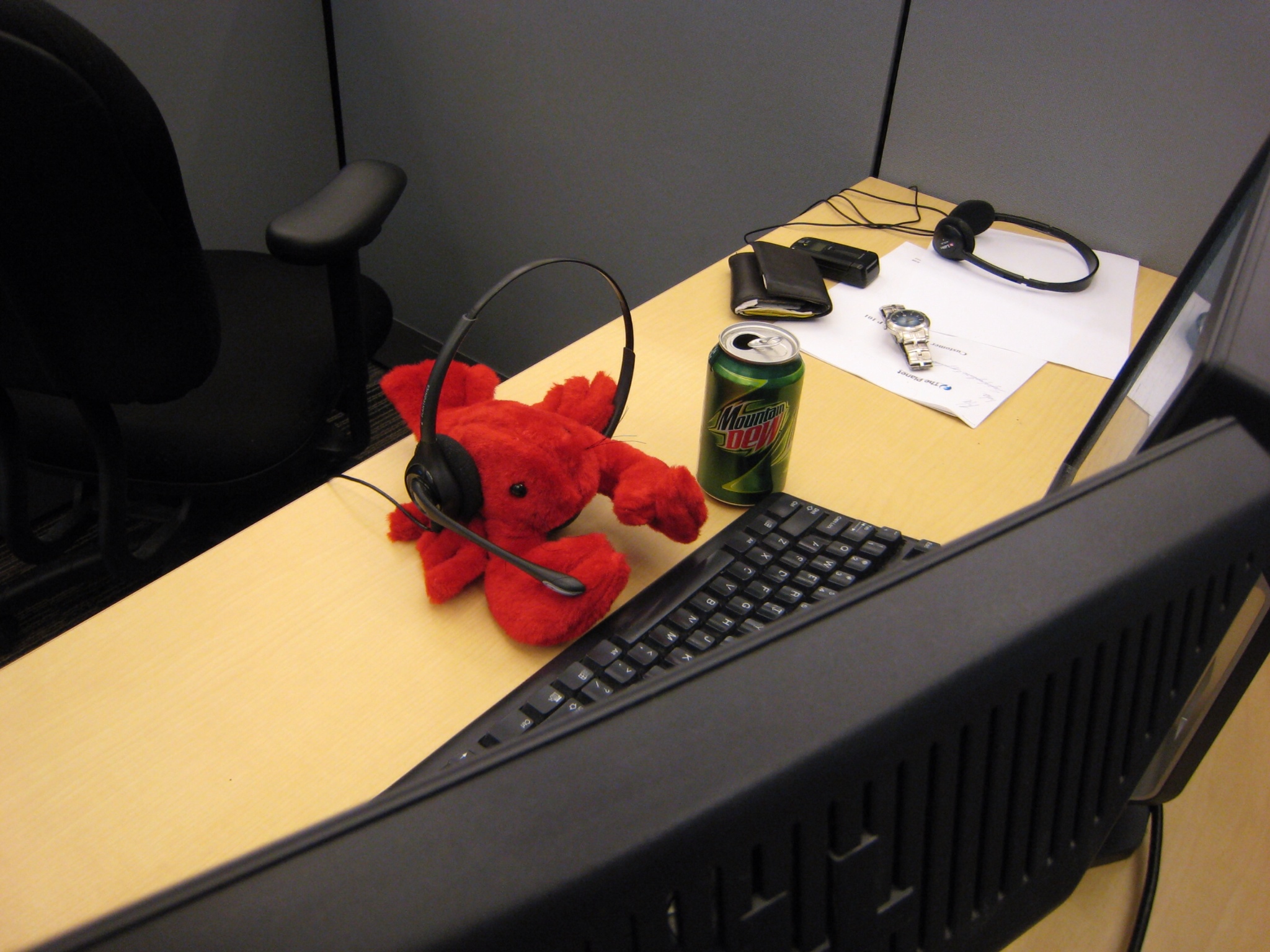
I'll start my complaint with a compliment. When the broadband went down a couple of months back, it was clearly the modem that had popped. There was no queue when I picked up the phone to technical support and although they made me reset the modem (I'd tried that many times, but okay fair enough) they also quickly agreed that their hardware was at fault and an engineer was booked to come to my house within a few days.
Still with the compliments, the engineer was punctual and friendly. Within seconds he'd announced the modem was now useless plastic and silicon and said he'd swap it for the new Virgin 'Superhub'. "Awesome" I thought to myself, a nice shiny new gadget to play with.
Okay, let the complaints begin. The 'super' in 'Superhub' needs to be replaced with 'Disappointing'. Not as catchy, but far more accurate. The range of the WIFI didn't extend beyond the living room and a bit of googling later, I found that it's known to perform pretty badly if placed low down to the ground (check) and behind a television (damn, check again). The old box had included two aerials, so directing the signal into the house wasn't hard - but with the Superhub, there was literally no where else I could put it. I needed another solution.
I've written already about the DLAN. A clever set of adaptors that let you use your house's electrical mains wiring as a network. These work incredibly well, but only if your devices can connect via a cable. My iPad and mobile phone require WIFI, so in my case, I decided needed a 'WIFI repeater'.
A WIFI repeater's job is to catch a WIFI signal and fling it back out again extending the coverage of the network, no wires required.
I didn't want to spend too much money and after a bit of research, I settled on the TP-Link Nano
The catchily named TL-WE702N is a cute little guy, a minimalist little box that has one light on the top, the usb connector for power, a network socket and a reset button.
It's incredibly small, because it's designed to be portable and cover a range of different jobs depending on what situation you're in. Firstly, it can work in 'Access Point' mode, which allows you to make a 'wired' network 'wireless'. The second mode is 'Router' mode, which takes over more of the networking functionality beyond just being a WIFI adaptor. Then there is 'Bridge' mode, which allows you to link two networks together and 'Client' mode, which allows you to wirelessly connect a computer to your network that doesn't have its own wireless adaptor. Finally, 'Repeater' mode - which would grab hold of my WIFI signal and send it out again, hopefully solving all my problems (apart from the one relating to cake, but I'm working on that).
All this functionality comes in at only £20, which I think is excellent value. The TP-Link Nano
In the box you get the router, a flat network cable, the power lead, a small CD (containing full manuals) and papers with instructions.
Setup was reasonably simple, but you will need those instructions. To connect to the TP-Link Nano
On the left hand side are the various menus and people who really want to go deep into the setup should have all the access they need. For the rest of us, 'Quick Setup' is the way to go. Quick Setup will guide you through a simple wizard where you tell the router what mode you want it in. For repeater mode, all I then had to do was choose my own wireless network from the list as the one I wanted it to repeat and fill in my security settings. Once it had connected, it automatically merged itself in and I now had two boxes pumping out my WIFI signal!
So how did it work in practice? Well, I placed the TP-Link Nano
My laptop and mobile phone (the HTC Desire S featured above) both sprang to life seamlessly slurping on the most powerful signal. I thought I'd cracked it, but unfortunately I ran out of luck there. The iPad wasn't happy. It would connect to one or the other quite happily, but when it appeared to make the hop between them, I'd suddenly find no data flowing at all and the webpages stopped coming. Only a switch-off a nd switch-on of the WIFI on the iPad got things talking again.
After a few days of this, I decided that it was worse than the poor signal and gave up on repeater mode. Instead, I turned off the wireless function on the Superhub, put the nano router into 'AP Mode' and used its longer cable to sit it forward of the television that the Superhub was seemingly scuppered by. That was a few hours ago and certainly my signal meter says things round the house are much better.
So in summary, the TP-Link Nano
Oh and Virgin? We're still friends :)
Jp
Photo Credits:

